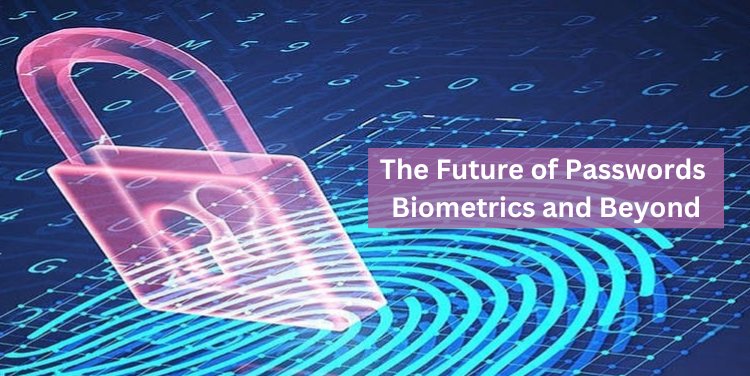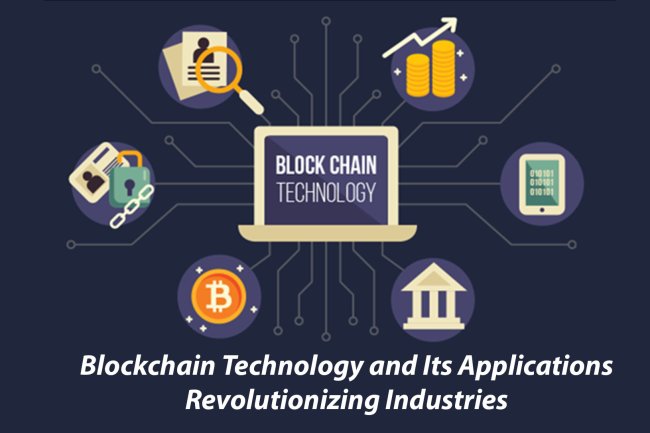The Future of Passwords: Biometrics and Beyond

In the ever-evolving digital landscape, the traditional password is becoming increasingly inadequate. As cyber threats grow in sophistication, the need for more secure and user-friendly authentication methods is paramount. Enter biometrics and other advanced technologies that promise to redefine how we protect our digital identities. This blog explores the future of passwords, focusing on the rise of biometrics and what lies beyond.
The Limitations of Traditional Passwords
Security Risks
Traditional passwords are inherently vulnerable to various attacks, such as phishing, brute force, and social engineering. Weak or reused passwords exacerbate these risks, making it easier for cybercriminals to gain unauthorized access to sensitive information.
User Inconvenience
Managing multiple complex passwords can be cumbersome for users. The need to remember numerous passwords often leads to poor password practices, such as using simple, easily guessable passwords or writing them down.
Administrative Burden
For organizations, password management can be a significant administrative burden. IT departments must enforce password policies, handle password resets, and deal with the fallout from security breaches, all of which consume valuable resources.
The Rise of Biometrics
Biometric authentication leverages unique physiological or behavioral characteristics to verify an individual's identity. Here are some of the most common biometric technologies and their advantages:
1. Fingerprint Recognition
How It Works
Fingerprint recognition scans the unique patterns of ridges and valleys on a person's fingertip. This method has been widely adopted in smartphones and other devices due to its convenience and reliability.
Benefits
High Accuracy: Fingerprints are highly unique, even among identical twins.
Ease of Use: Quick and straightforward, requiring just a touch.
Wide Adoption: Already integrated into many consumer devices.
2. Facial Recognition
How It Works
Facial recognition systems analyze various facial features, such as the distance between eyes, nose shape, and jawline. These systems use advanced algorithms to match the captured image with stored data.
Benefits
Non-Intrusive: Requires minimal user interaction.
Rapid Authentication: Can verify identities quickly.
Enhanced Security: Difficult to spoof with photographs or masks, especially with 3D scanning technologies.
3. Iris and Retina Scanning
How It Works
Iris and retina scanning involve capturing detailed images of the eye's iris or retina. These patterns are unique to each individual and remain stable over time.
Benefits
Extremely Accurate: Provides one of the highest levels of accuracy among biometric methods.
Long-Term Reliability: Iris and retina patterns do not change over a person’s lifetime.
4. Voice Recognition
How It Works
Voice recognition analyzes the unique characteristics of a person's voice, including pitch, tone, and speaking style. This method can be used for phone-based authentication or integrated into virtual assistants.
Benefits
Convenient: Allows for hands-free operation.
Secure: Difficult to mimic accurately due to the complexity of vocal features.
Beyond Biometrics: Emerging Technologies
While biometrics are a significant step forward, other emerging technologies are also set to transform authentication.
1. Behavioral Biometrics
How It Works
Behavioral biometrics analyze patterns in user behavior, such as typing rhythm, mouse movements, and touchscreen interactions. These patterns are unique to each individual and can provide continuous authentication.
Benefits
Continuous Authentication: Monitors user behavior throughout the session, not just at login.
Difficult to Replicate: Behavioral patterns are complex and hard to mimic accurately.
2. Multi-Factor Authentication (MFA)
How It Works
MFA combines two or more authentication methods, such as something you know (password), something you have (security token), and something you are (biometrics).
Benefits
Enhanced Security: Even if one factor is compromised, additional factors provide a safeguard.
Flexibility: Can be tailored to balance security and convenience based on the risk level.
3. Passwordless Authentication
How It Works
Passwordless authentication methods eliminate the need for passwords altogether. This can include biometric logins, hardware tokens, or one-time codes sent to a user’s device.
Benefits
Improved User Experience: No need to remember or manage passwords.
Reduced Attack Surface: Eliminates risks associated with stolen or weak passwords.
The Future Outlook
The future of authentication lies in a combination of biometrics, behavioral analytics, and advanced technologies that enhance security while improving user experience. As these technologies mature, we can expect to see:
Increased Adoption: More organizations and devices integrating biometric and passwordless solutions.
Enhanced Security Protocols: Development of more sophisticated algorithms to prevent spoofing and fraud.
Regulatory Support: Governments and regulatory bodies endorsing and mandating stronger authentication methods.
The traditional password is on its way out, making room for more secure and user-friendly authentication methods like biometrics, behavioral biometrics, and multi-factor authentication. These advancements promise to enhance security, reduce the burden on users and IT departments, and pave the way for a safer digital future. As we move beyond passwords, staying informed about these emerging technologies will be crucial for individuals and organizations alike in safeguarding their digital identities.
What's Your Reaction?















